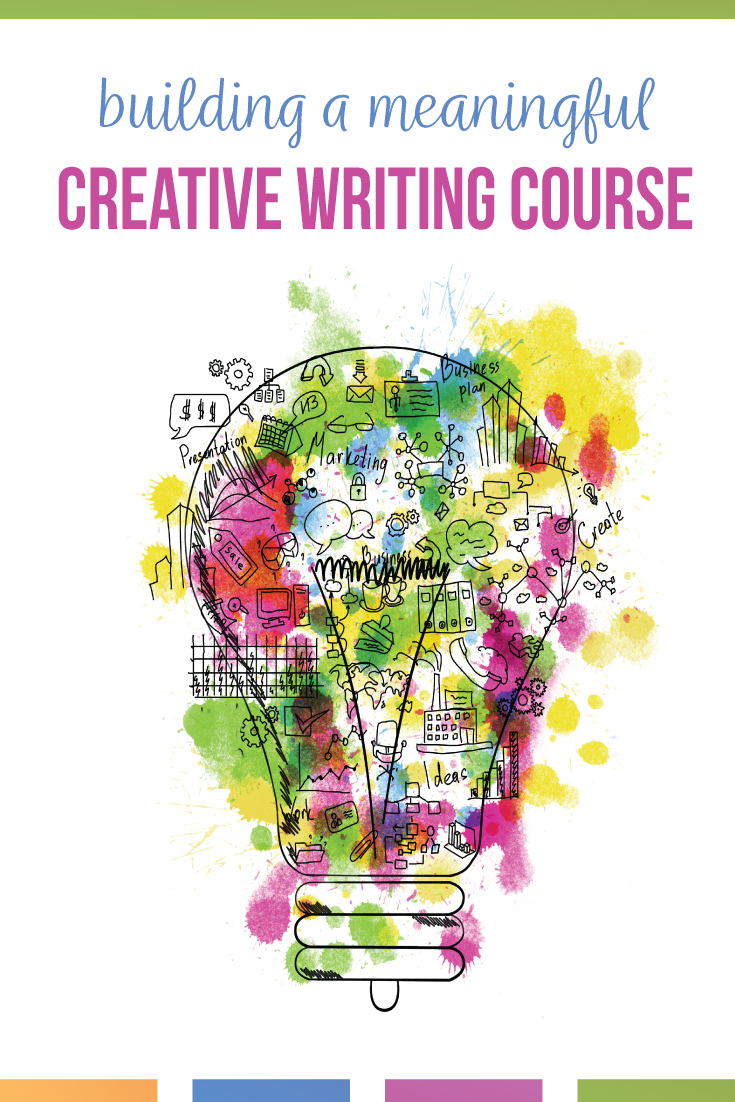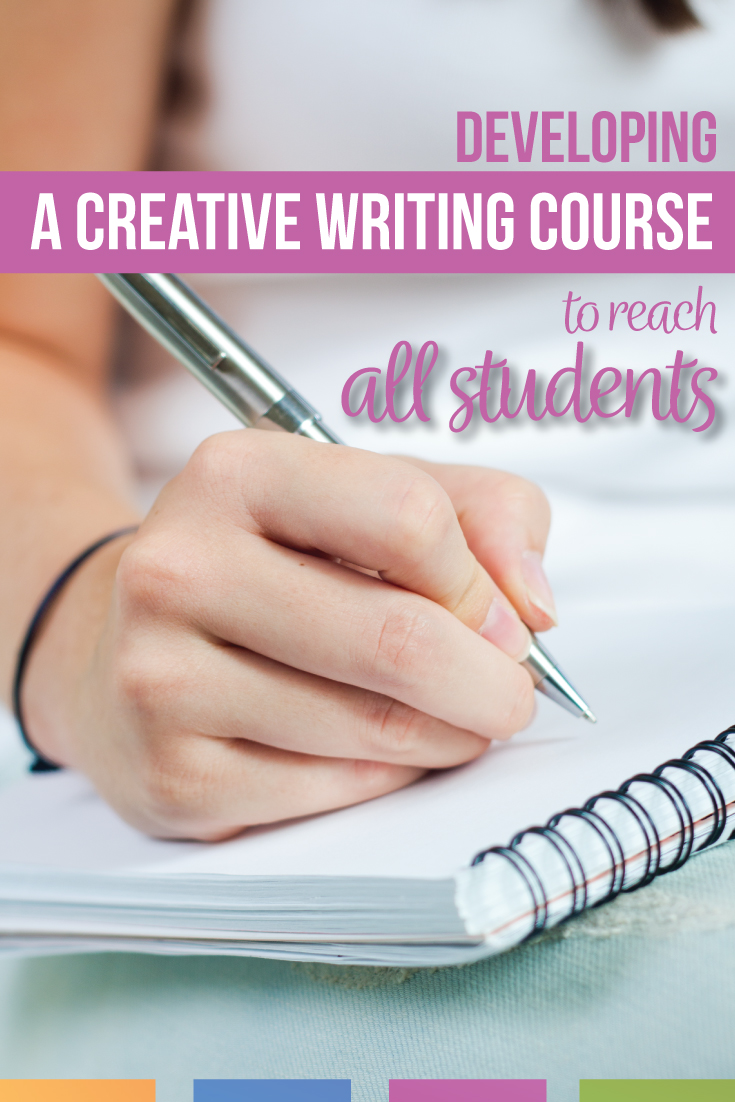Teaching a creative writing class? Trying to encourage creative writing? I’ve developed my attitude as I’ve taught this elective.
I’ve written before about my creative writing class concerning the first week’s lesson plans and activities for class. After reflection, I believe one of the larger components of a creative writing class is my attitude as a teacher. I’m using this post predominantly to reflect; I hope that my thoughts help other creative writing teachers.
As the teacher, what should be my approach? If I have thirty creative writers, how can I provide enough structure while allowing students to find their voices? Overall, how can I encourage creative writing?
A creative writing class should be an endeavor that allows experimentation, fun, and personalization for students. Personally, I consider writing a productive outlet. I feel accomplished when I write, and I overwhelmingly enjoy the process. Not all students do, but within the structure of a creative writing class or unit, students should experience success at molding a story, at sharing a piece of themselves.
Structure is a bit of a key. Through experimentation, I’ve found that with a dash of structure, you can provide expectations while you also provide room for individuality. You can download my character creation activity to see how what I mean. I’ve found that a variety of tools helps students discover their inner writers.
In this post, I wrote these ideas to be sure that my activities tie back to my messages. Let me know what you think; I’d like to know if I’m missing a key approach that has worked for other teachers. As I develop a creative writing class, my attitude includes:
We all have an important message.
All of us have a message to share. We all have an audience.
Too often, students tell me they have nothing to share. I refuse to believe that. Their experiences and problems are worthy of a larger audience! Immediately, I tell students that I want to hear everyone’s stories. We discuss what creativity is and how creativity is evident in more than writing. When students will fear that they are not creative, we brainstorm ways that students show creativity:
- Clothing.
- Food creations.
- Scheduling.
- Music.
- Video gaming.
- Communication.
Once students see that creativity is in other areas of their lives, they are encouraged to apply those skills to creative writing.
Next, I outline expectations: to be respectful of other’s writing, to be open to new approaches, and to attempt different methods. If everyone is creative in different ways, everyone will showcase their expressions differently. If a peer reader dislikes a topic or approach, that reader should look at the piece through a creative lens.
All voices are important in sharing stories. A student’s message is worth sharing. Often, “problems” in papers are the presentation, which leads to…
Different writing approaches work for different authors.
I’m going to give you lots of ideas and approaches. Your job is to find out what works for you. I will also give you guidelines and confines. Use those to your advantage as a writer. You must become more creative because of your space.
I share authors’ messages with my students, and we apply those ideas to what works for students. I share what works for me: long lists, hand-written. Part of becoming a writer is finding what approach will help you succeed. No two authors write the same. I provide plenty of tools to explore their thoughts in new ways.
I brainstorm with students and model different processes for prewriting. Class periods move quickly when we work and collaborate together and share our approaches. Don’t underestimate the power of brainstorming writing with students.
I want students to leave my class knowing what helps them to write successfully.
This (circling arms to indicate the classroom) is your support system.
As a writer, you will continually work on your writing. Writing is a process with other people.
Writing is collaborative, and people will provide a variety of feedback. We must share our material in a safe environment. I stress that students might not like a peer’s message, but they can critique the approach, the figurative language, the dialogue.
I encourage students to spread out and work together. Sometimes, simply reading a stubborn sentence to another person will straighten the message; sometimes a peer will have the correct word or phrasing for your message.
No one is a “perfect” writer.
Writing is messy.
The misconception that writers sit and write and publish might be the largest killer of inspiration! What is a “perfect” writer anyway? I honestly believe that students think professional authors sit and write out a book. They don’t understand the level of editing and revising that books undergo.
One way to stress that writing is an imperfect process is to share what professional writers think about writing. Give students insight into the editing and revising process for paid writers. Students understand that writers make money, and the buy-in increases when the process is authentic.
So, I repeat that perfect writers don’t exist. Writing is messy. Writing takes many drafts. Experimentation, a drive to rework the piece is key.
I see my job as…
A coach, a guide, a helper. Students have requirements. Instead of looking at those as restrictive, I ask students to see the guidelines as way to become more creative. How can I accomplish this goal using dialogue? Where would a flashback fit into this piece?
Additionally, I research my job as a writing coach outside the world of education. How do professional writers read others’ work?
Before I read the final draft of any assignment, I have read my students’ papers numerous times. My job as their teacher is to encourage them and guide them in finding what works for their individual pieces.

In the past two years, I have taught four creative writing classes. My feelings and attitudes evolved as I cultivated the classroom atmosphere that would help writers. From an educational standpoint, I’ve found differentiation to be easier in this class than in others. I think my developing attitude toward creative endeavors has led to that realization.
These ideas are the core values I share with my students as I encourage creative writing. If you bring another belief to your creative writers. I’d love to read it in the comments.



